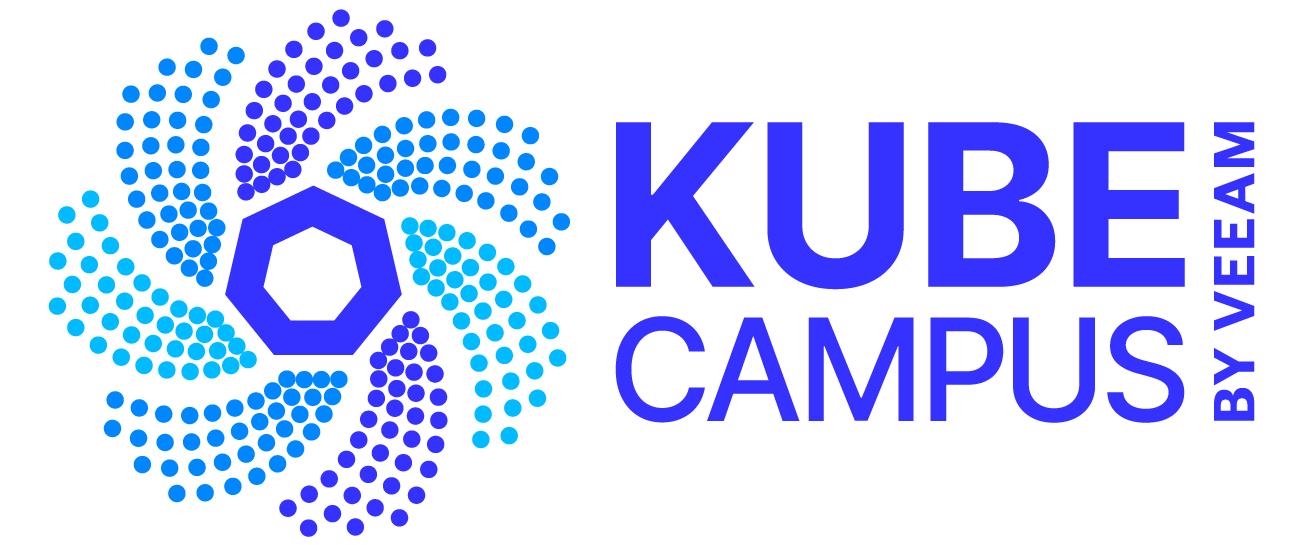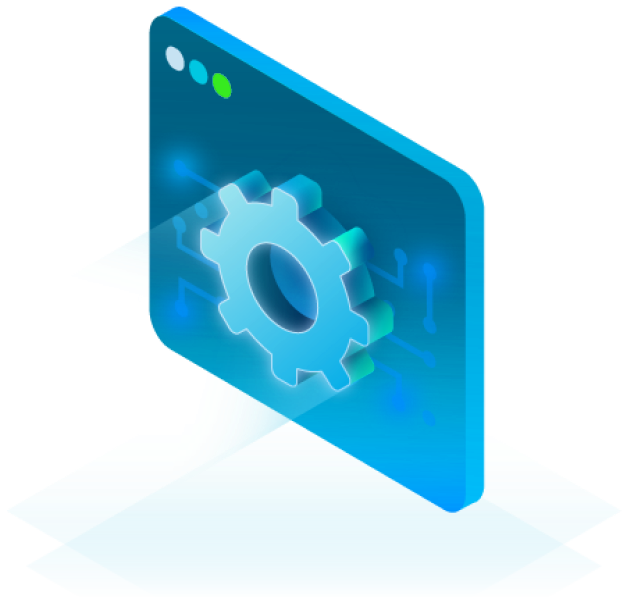This course will instruct learners on various techniques and best practices in identifying and resolving issues within Kubernetes environments. Covering both theoretical concepts and practical, hands-on experiences, the track allows learners to familiarize themselves with critical troubleshooting tools, log handling and debugging techniques pertinent to Kubernetes.
As a highly configurable and extensible platform, Kubernetes is used to serve various workloads, from stateless applications to distributed data processing. Its complex nature and breadth of functionality necessitate a comprehensive understanding of troubleshooting techniques to resolve issues that may arise.
Troubleshooting in Kubernetes involves recognizing and diagnosing problems within the Kubernetes cluster, which can occur at various levels such as clusters, nodes, pods or containers. Resolving these issues often requires a robust understanding of Kubernetes architecture, configuration and the application’s specific deployment design.
By the end of this course, you will have a thorough understanding of the different troubleshooting techniques available in Kubernetes and be well-equipped to implement them.
Topics covered in this lab include:
- Kubernetes Troubleshooting Introduction
- Kubernetes Logs
- Kubectl for Troubleshooting
- Troubleshooting Pod, Container, Application Deployment and Resource/Configuration Issues
What is the structure of the lab?
The lab consists of two sections:
- Troubleshooting theory with 5 challenges to answer successfully before getting to the hands-on section.
- Hands-on keyboard command line experience on troubleshooting techniques
The lab will take about 45 minutes to 1 hour to complete, depending on your skill level.
Important
- Please read all material referenced in any links provided in the lab.
- On multiple-choice questions, note that more than one answer may be correct.
- Please note this lab is timed and should be completed in one sitting.
Troubleshooting theory
This section will cover terminology for troubleshooting. You will review material on-screen, then answer a challenge question. You must answer the question correctly to proceed to the hands-on section.
During the theory section, we will cover the following topics:
- Key Troubleshooting Components and Common Kubernetes Problems: We will quickly recap some essential Kubernetes components that we need to comprehend to be able troubleshoot effectively, including clusters, nodes, pods and containers. We will then cover common Kubernetes problems, such as pod failures, service connectivity issues, resource limitations and application performance issues.
- Understanding Kubernetes Logs: Logs provide a wealth of information about your Kubernetes environment and the state of your system. They capture information from various components, including containers, pods, nodes and control plane services. These logs provide valuable insights into the behavior and performance of the cluster, helping administrators and developers troubleshoot issues, monitor application health and analyze system behavior. Understanding how to read and interpret logs is a key skill that you must hone.
- Working Effectively with Kubectl: Kubectl is a powerful tool that lets you control Kubernetes clusters, as well as inspect and debug workloads. Kubectl communicates with the Kubernetes API server to perform these operations. It supports authentication and authorization mechanisms to ensure secure access to the cluster. It is therefore a great ally in your arsenal of tools for troubleshooting.
- Troubleshooting Pods and containers: Pods are the smallest deployable units in Kubernetes and can host one or more containers. Understanding how to debug pods and containers is therefore a basic skill you must master.
- Application-level troubleshooting: This skill involves diagnosing issues with deployments, configurations and services:
- Deployment Issues: Are the pods running? Are they stuck in a Pending state? The kubectl get pods command can show you the status of your pods. If a pod is not running, you can use the kubectl describe pod command to get more details about the issue.
- Configuration Issues: Are your environment variables set correctly? Are your ConfigMaps and secrets set up correctly? With the kubectl describe command, you can inspect these resources.
- Service Issues: Are you able to reach your application? Is the service targeting the right set of pods? The kubectl get service command shows you the services and their external IPs. Also, the kubectl describe service command can provide you with more details.
- Application Performance Issues: If your application is running but experiencing problems, you might need to debug the application itself. This often involves looking at application logs and, sometimes, remote debugging, depending on the language and the nature of the issue.
Hands-on Commands Section
In this hands-on challenge, we will walk through the process of troubleshooting various real-life Kubernetes deployment issues.
The challenges will cover the following scenarios:
Scenario 1- Troubleshooting Pods
- In this scenario, you have been informed that one of the applications in your Kubernetes environment is not responding as expected. After doing some initial checks, you notice that the associated pod is not running.
- Your task is to identify and solve the issue causing the pod to malfunction.
Scenario 2- Troubleshooting Containers
- In this scenario, one of your Kubernetes deployments named container-issue-deployment in the scenario-2 namespace has a misbehaving container.
- Your task is to identify and solve the issue related to the container in this deployment.
Scenario 3- Troubleshooting Application Deployment Issues
- In this scenario, you have a deployment that’s not creating any pods.
- After some initial investigation, you’ve discovered that the pod in this deployment is stuck in the ContainerCreating state. You’ll need to identify and resolve the issue causing this problem.
Scenario 4- Troubleshooting Resource and Configuration Issues
- In this scenario, you have been informed that an application running on your Kubernetes cluster is not accessible. The application is deployed through a Deployment and is exposed through a Service. However, users report that they can’t access the application.
- Your task is to identify and fix the issue with the application’s deployment and service configuration.
Is There Pre-work for the Course?
Yes. Be sure to read and study this blog post, watch the video showing the work to be performed and view the accompanying slides that form part of each course.
How Do I Access Course 11?
Go to Kubecampus.io and navigate the “Courses” tab to start. All the best. Enjoy!
Note: Additional Learning To extend your learning experience, Kasten offers a variety of resources such as white papers, case studies, data sheets and eBooks on Kubernetes backup. Follow this link to explore those learning materials!


